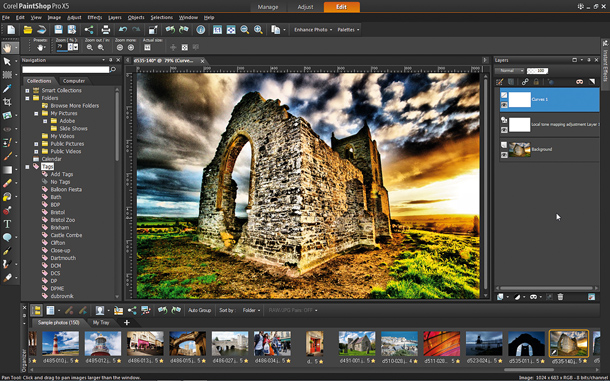

Step 5 – Now I’m going to show you how you can use this tool to create some interesting effects… bear (no pun intended) in mind that the color is transparent, so you can easily create some fun effects by placing objects under this layer. Step 4 – This time, I want to select all the dark black areas in the photo, so I will increase the Tolerance to 8:Īnd here is the result… notice all black areas throughout the photo are gone just by clicking in one spot: Step 3 – Go ahead and click on a color in the image… I selected this image because I wanted to delete the black colors and replace them with something outlandish! So, lets click on the black and you will see that only the areas that are the exact color I picked will be removed. Let’s go with 0 Tolerance and you will see how it works: The more you increase the tolerance, the greater the range of hues of your base color will be selected. The lowest tolerance (0) will select only the exact color you clicked on. The first setting I want to show you and the one you will play with the most is the Tolerance setting. You can use the properties bar to see the additional options that come with this tool… you can use these settings to modify how the tool behaves when applied to your image. Step 2 – We’re ready to start 🙂 Just go ahead and click on the Color Transparency Tool or just hit 2 on your keyboard to activate the tool:


You can do so by clicking on Object > Create > From Background and this will turn the photo background in to an object within the object docker. The Color Transparency Tool only works on objects, so you first need to convert this photo to an object. I did a Google search for random images and decided on this cute photo of a Panda cub and his mother: Step 1 – First, we need a photo or something we want to edit. Well, with the Color Transparency Tool, all you would have to do is click on any area that is black, and *POOF* all the black area in the photo will be removed, all with a single click. Now this is very simplified, but imagine a much more complicated scenario. To delete the black, you would take your magic wand tool, click on both sides of the image where the black is to mask it, then hit delete.

So, let’s pretend you have an image with a black background with a blue line going across it. You see, with the magic wand tool, you have to click each area of color you want to delete if they are not all connected. Today I am going to write about the Color Transparency Tool, which is a VERY fast replacement to the tedious chore of using the magic wand tool to isolate specific areas of color to delete them. I would like to start introducing you guys to some of the less-used tools in Photopaint, which can be huge time savers if you know how to use them and what they do.


 0 kommentar(er)
0 kommentar(er)
